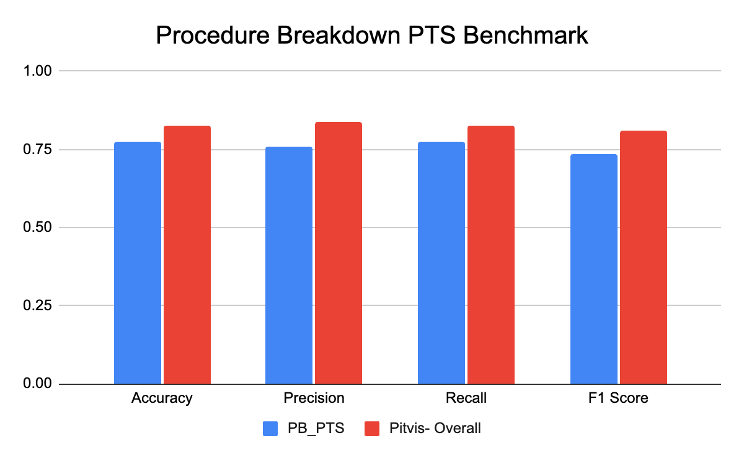
In the ever-evolving landscape of healthcare technology, Surgical Data Science Collective (SDSC) is at the forefront of innovation, leveraging artificial intelligence to revolutionize surgical video analysis. By developing machine-learning (ML)-backed analytics and infrastructure to support this work, SDSC is transforming the way we perceive and quantify surgical procedures, paving the way for enhanced patient outcomes and more effective training for surgeons worldwide.
Close to the heart of SDSC's mission lies Dhiraj Pangal MD, a neurosurgery resident at Stanford and a Clinical Data Science and Customer Success consultant for SDSC. Pangal's journey with SDSC began during his medical school days when he collaborated with SDSC's President and Founder, Daniel Donoho MD, on a project involving video simulations of catastrophic bleeding events. Their work aimed to teach surgeons how to manage these critical situations, and in the process, they built a dataset and object detection model capable of identifying surgical instruments.

"This prompted us to realize that if we could do this for experimental data, then there's no reason we can't do it at scale for surgeons," Pangal recalls.
Since those early days, Pangal has been an integral part of SDSC's evolution, working closely with engineering teams and clients to understand their data, goals, and requirements. His role involves bridging the gap between SDSC's capabilities and the needs of partner institutions, whether it's analyzing surgical techniques or developing quantitative assessment platforms for trainee surgeons.
“Because of the infrastructure that's provided now, the number of questions that can be answered is starting to open up,” said Pangal.
One of SDSC's most exciting recent achievements is the demonstration of real-time surgical tool detection, during which SDSC's innovative ML models generated vibrant heatmaps pinpointing the tools' positions and their proximity to the pituitary gland region over the course of a procedure. Heatmaps offer a concise and informative way to visualize surgical instrument usage. As Pangal explains, "heatmaps convey a lot of information in a very concise way with very little explanation needed."

However, SDSC's capabilities and future ambitions extend far beyond heatmaps. The organization is exploring ways to integrate quantitative analytics with descriptive analytics, bridging the gap between numerical data and meaningful insights. SDSC is considering the importance of developing an ontology that maps surgical actions to specific instruments, enabling the creation of visual representations that convey the entire surgical process at a glance.
"It's difficult," Pangal explains. "Our actions are related to surgical instruments. And sometimes those are one-to-one mappings, but oftentimes they are not. The question is ultimately, how do you convert this information into descriptive statistics?"
SDSC's work is already influencing how surgeons and healthcare professionals think about surgery and its quantification. At Stanford, Pangal is involved in a project focusing on external ventricular drain (EVD) placements, a routine neurosurgical procedure. By quantifying the actions and tracking them over time, SDSC's infrastructure opens up new avenues for answering critical questions and driving innovation.
One of the key strengths of SDSC's approach lies in the involvement of medical experts throughout the process. As Pangal emphasizes, "At the end of the day, if your target audience is surgeons, then you're going to need surgeons involved in deciding how these models work and helping guide models to the right direction."
The operating room is a high-stakes environment, and the collaboration between surgeons and engineers is crucial for translating machine learning models into actionable insights and real-world applications. SDSC is bridging the gap between model detections and clinical context.

As SDSC continues to push the boundaries of surgical video analysis by harnessing the power of data and artificial intelligence, SDSC is paving the way for a future where surgical excellence is not just an aspiration but a quantifiable, data-driven reality.




